BuySellBA
Administrator
The "Build to Rent" model is gaining ground around the world: what it consists of and what the buildings under construction are like - Ambito Financiero

Source:
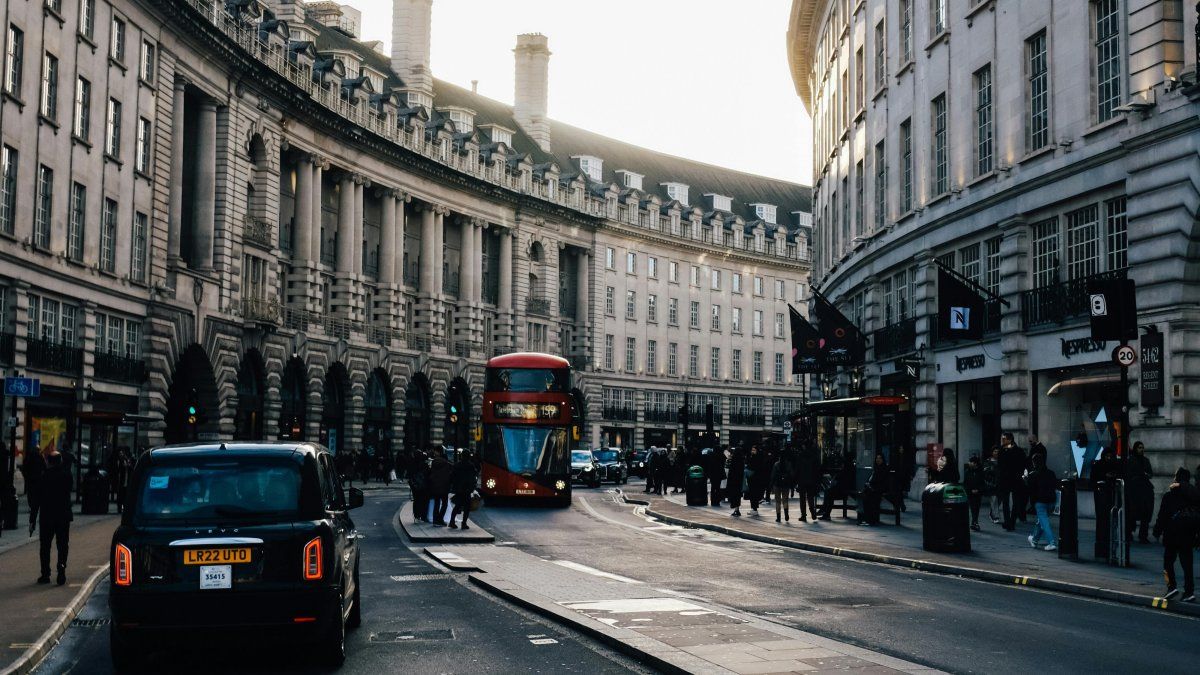
 www.ambito.com
www.ambito.com
October 15, 2025
By Jose Luis Cieri
The property market is advancing in Buenos Aires City with projects focused on rental income, efficiency, and professional management, aiming for a new market equilibrium.
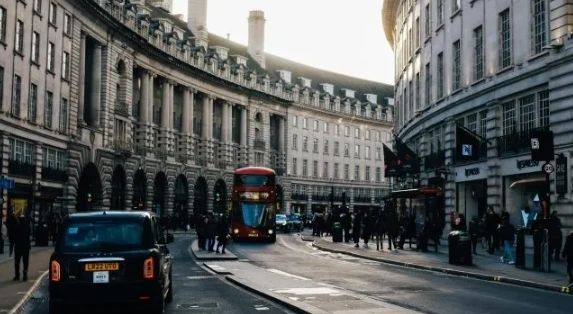
In London, the birthplace of the Build to Rent model, residential buildings designed for rent mark a trend that combines professional management, efficiency, and sustained rents—a benchmark that is beginning to be replicated in Buenos Aires.Pexels
The Build to Rent (BTR) model , which has been established for years in more developed markets, is beginning to gain ground in the City of Buenos Aires. The approach involves constructing entire buildings exclusively for rental, with centralized professional management and a focus on sustained profitability, efficiency, and sustainability.
The formula seems simple: the developer designs , finances, and builds the property, puts it into operation under a single management system, leases out its units, and, once the income stream has stabilized, can choose to sell it to an institutional investor, a fund, or a family office seeking long-term income. The scheme, still in its infancy in the country, is beginning to attract developers who identify a new niche in the local real estate market.
Juan Yacopino , president of the Urban Planning and Housing Commission of the Argentine Center of Engineers, explained that the BTR "is defined as a real estate development for housing with a single rental purpose, with common and centralized management that allows for efficient and low-cost maintenance."
He noted that these buildings are designed with compact and flexible units, with common areas that encourage social interaction among tenants, and are built with sustainability and energy efficiency criteria in mind. "The result is a product that offers lower operating costs and a better living experience for its occupants."
"This presents a very interesting opportunity to create specific municipal regulations that will maximize the construction possibilities of a BTR project," he said. The idea, he says, would be to promote this type of development in areas that need to be densified, with available infrastructure and growth potential. "The southern part of the city is emerging as the most suitable location to promote a new, quality, and sustainable permanent rental offering ," he emphasizes.
Regarding the investor profile, the specialist emphasizes that these are individuals, companies, and funds seeking low-risk income, higher than that of traditional rentals, and with professional management that guarantees maintenance and collection. "The repeal of the Rental Law allowed the reactivation of the permanent rental market. The freedom to contract, agreed-upon rent increases, and surety bonds that ensure rent collection created a favorable environment for this type of investment," explained Yacopino.
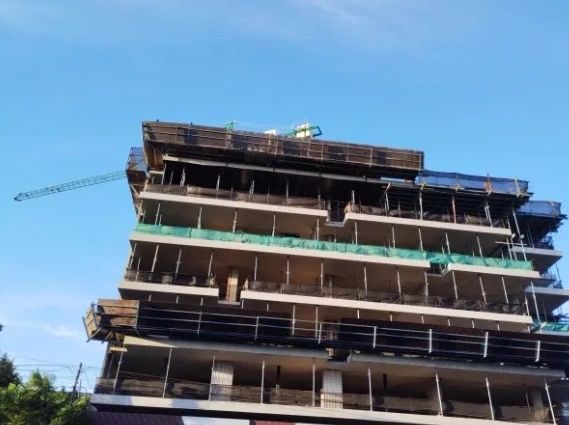
In Buenos Aires, low-rise buildings are beginning to be built using the Build to Rent format, with units entirely intended for rental and professional management.
According to his calculations, expected returns are between 7% and 8% per year , above the average for traditional residential rent. "Payback periods range from ten to twelve years for small projects to more than fifteen for larger ones. Furthermore, as this is a professionally managed product, the asset appreciates over time," he added.
He explained that this type of project is aimed at a young audience, first-time families, or single professionals, and requires careful planning in both design and costs.
“You have to be very clear about who the final tenant will be and what level of finishes you can offer within your budget. The units must be functional, efficient, and cost-effective to maintain. A successful BTR building requires low operating costs, so the initial investment in energy, materials, and operating systems is key,” Juliá added.
In practice, profitable developments typically have at least 100 units to take advantage of economies of scale. Juliá said: “It doesn't have to be too small, otherwise it loses efficiency. Worldwide, yields are around 7% to 9%, and when leveraged financing is obtained, returns can double. In addition, selling the entire building to an institutional investor adds additional profitability.”
The specialist acknowledges, however, that this model still faces challenges in Argentina. “There is no leverage available, and rents are collected in soft currency, while investments are made in dollars. This combination limits the interest of large capital investors, although as the market stabilizes and credit becomes available, it could become a solid investment alternative,” he warned.
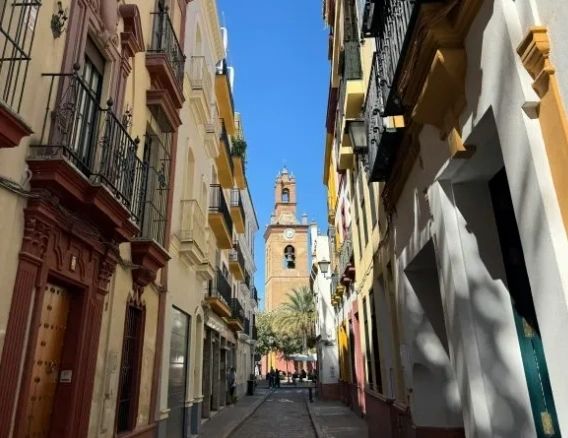
In Seville as well as in other cities in Spain, it is common to find buildings or housing complexes under this format.
According to market estimates, the units in these projects average US$100,000 , with variations depending on location, scale, and construction characteristics. The key, experts agree, lies in centralized management: professional administration, preventative maintenance, continuous occupancy, and strict cost control.
Industry insiders maintain that the future of BRT in Buenos Aires depends largely on the creation of specific urban development incentives. The possibility of granting benefits in building density or reducing charges for projects intended exclusively for rental housing would help consolidate a stable supply of rental housing.
Juliá explained: “The model works if you achieve scale and predictability. It's not enough to simply build; you have to think about long-term management and the tenant experience, which ultimately sustains profitability.”
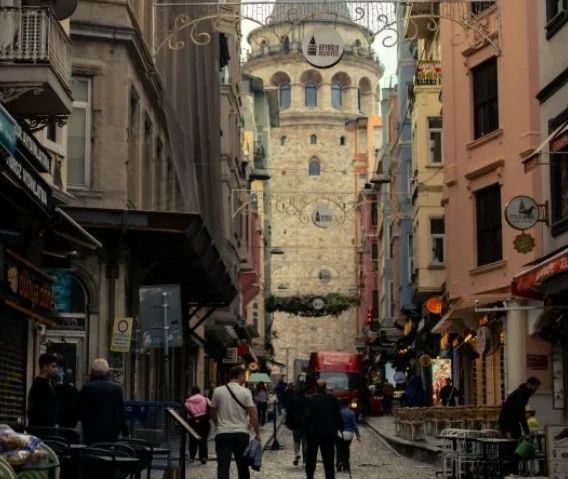
Even in Istanbul, Turkey, it is a model used
Becerra observes that large cities, due to their very dynamics, are natural magnets. He added: "Cities with tourism-based economies, which suffer from a housing shortage due to a lack of permanent housing, can find in BTR a concrete way to expand their rental stock.
The benefits, he says, extend to both investors and tenants. "The former receive higher rents with professional management, and the latter receive quality housing, with services, security, and predictable contracts. It's a win-win model if implemented correctly," he explained.
Currently, several BRT projects with a sustainable focus are underway in Buenos Aires (in Núñez, Villa Urquiza, and Villa del Parque), aimed at combining energy efficiency, modern design, and comprehensive management. These projects, according to Becerra, could become a benchmark for new long-term investments.
"The challenge," he warned, "is to coordinate the public sector with private developers to create a framework that promotes greater supply and reduces pressure on the traditional rental market. The demand for housing exists; all that's missing is the right environment to channel it toward sustainable and lasting models."
www.buysellba.com

Source:

El modelo “Build to Rent” gana terreno en el mundo: en qué consiste y cómo son los edificios en construcción
El formato de propiedades avanza en CABA con proyectos orientados a la renta, eficiencia y gestión profesional, que apuntan a un nuevo equilibrio del mercado.
October 15, 2025
By Jose Luis Cieri
The property market is advancing in Buenos Aires City with projects focused on rental income, efficiency, and professional management, aiming for a new market equilibrium.

In London, the birthplace of the Build to Rent model, residential buildings designed for rent mark a trend that combines professional management, efficiency, and sustained rents—a benchmark that is beginning to be replicated in Buenos Aires.Pexels
The Build to Rent (BTR) model , which has been established for years in more developed markets, is beginning to gain ground in the City of Buenos Aires. The approach involves constructing entire buildings exclusively for rental, with centralized professional management and a focus on sustained profitability, efficiency, and sustainability.
The formula seems simple: the developer designs , finances, and builds the property, puts it into operation under a single management system, leases out its units, and, once the income stream has stabilized, can choose to sell it to an institutional investor, a fund, or a family office seeking long-term income. The scheme, still in its infancy in the country, is beginning to attract developers who identify a new niche in the local real estate market.
Juan Yacopino , president of the Urban Planning and Housing Commission of the Argentine Center of Engineers, explained that the BTR "is defined as a real estate development for housing with a single rental purpose, with common and centralized management that allows for efficient and low-cost maintenance."
He noted that these buildings are designed with compact and flexible units, with common areas that encourage social interaction among tenants, and are built with sustainability and energy efficiency criteria in mind. "The result is a product that offers lower operating costs and a better living experience for its occupants."
To the rhythm of the CUR
The concept, widely used in cities such as London, Madrid , Paris, and New York, is beginning to adapt to the context of Buenos Aires. Yacopino explains that, due to the limitations of the current Buenos Aires Urban Planning Code (CUR) , the projects that can be developed today are small or medium-scale, small or medium-sized developments in USAB2 (Low-Rise Sustainability Unit 2) to CA (High Corridor) zoning. One- and two-room units predominate, with some having three, and flexible floor plans geared toward different audiences: young people, couples, families, or older adults."This presents a very interesting opportunity to create specific municipal regulations that will maximize the construction possibilities of a BTR project," he said. The idea, he says, would be to promote this type of development in areas that need to be densified, with available infrastructure and growth potential. "The southern part of the city is emerging as the most suitable location to promote a new, quality, and sustainable permanent rental offering ," he emphasizes.
Regarding the investor profile, the specialist emphasizes that these are individuals, companies, and funds seeking low-risk income, higher than that of traditional rentals, and with professional management that guarantees maintenance and collection. "The repeal of the Rental Law allowed the reactivation of the permanent rental market. The freedom to contract, agreed-upon rent increases, and surety bonds that ensure rent collection created a favorable environment for this type of investment," explained Yacopino.

In Buenos Aires, low-rise buildings are beginning to be built using the Build to Rent format, with units entirely intended for rental and professional management.
According to his calculations, expected returns are between 7% and 8% per year , above the average for traditional residential rent. "Payback periods range from ten to twelve years for small projects to more than fifteen for larger ones. Furthermore, as this is a professionally managed product, the asset appreciates over time," he added.
Business vision
Ramiro Juliá , head of Americas Capital, provides insight from the financial business. "The Build to Rent model consists of building and renting out the entire building. Once the cash flow from the rent is stabilized, it is sold to an institutional investor who retains the asset and its long-term income," he explained.He explained that this type of project is aimed at a young audience, first-time families, or single professionals, and requires careful planning in both design and costs.
“You have to be very clear about who the final tenant will be and what level of finishes you can offer within your budget. The units must be functional, efficient, and cost-effective to maintain. A successful BTR building requires low operating costs, so the initial investment in energy, materials, and operating systems is key,” Juliá added.
In practice, profitable developments typically have at least 100 units to take advantage of economies of scale. Juliá said: “It doesn't have to be too small, otherwise it loses efficiency. Worldwide, yields are around 7% to 9%, and when leveraged financing is obtained, returns can double. In addition, selling the entire building to an institutional investor adds additional profitability.”
The specialist acknowledges, however, that this model still faces challenges in Argentina. “There is no leverage available, and rents are collected in soft currency, while investments are made in dollars. This combination limits the interest of large capital investors, although as the market stabilizes and credit becomes available, it could become a solid investment alternative,” he warned.

In Seville as well as in other cities in Spain, it is common to find buildings or housing complexes under this format.
According to market estimates, the units in these projects average US$100,000 , with variations depending on location, scale, and construction characteristics. The key, experts agree, lies in centralized management: professional administration, preventative maintenance, continuous occupancy, and strict cost control.
Industry insiders maintain that the future of BRT in Buenos Aires depends largely on the creation of specific urban development incentives. The possibility of granting benefits in building density or reducing charges for projects intended exclusively for rental housing would help consolidate a stable supply of rental housing.
Juliá explained: “The model works if you achieve scale and predictability. It's not enough to simply build; you have to think about long-term management and the tenant experience, which ultimately sustains profitability.”
The public role, vital
For Joaquín Becerra , director of JBN Desarrollos, the expansion of the format will also depend on the role of local governments. "It is essential that provincial or municipal governments be willing to offer incentives, such as tax exemptions, land contributions, or faster project approval, especially in areas that would benefit from greater densification," he stated.
Even in Istanbul, Turkey, it is a model used
Becerra observes that large cities, due to their very dynamics, are natural magnets. He added: "Cities with tourism-based economies, which suffer from a housing shortage due to a lack of permanent housing, can find in BTR a concrete way to expand their rental stock.
The benefits, he says, extend to both investors and tenants. "The former receive higher rents with professional management, and the latter receive quality housing, with services, security, and predictable contracts. It's a win-win model if implemented correctly," he explained.
Currently, several BRT projects with a sustainable focus are underway in Buenos Aires (in Núñez, Villa Urquiza, and Villa del Parque), aimed at combining energy efficiency, modern design, and comprehensive management. These projects, according to Becerra, could become a benchmark for new long-term investments.
"The challenge," he warned, "is to coordinate the public sector with private developers to create a framework that promotes greater supply and reduces pressure on the traditional rental market. The demand for housing exists; all that's missing is the right environment to channel it toward sustainable and lasting models."
www.buysellba.com

